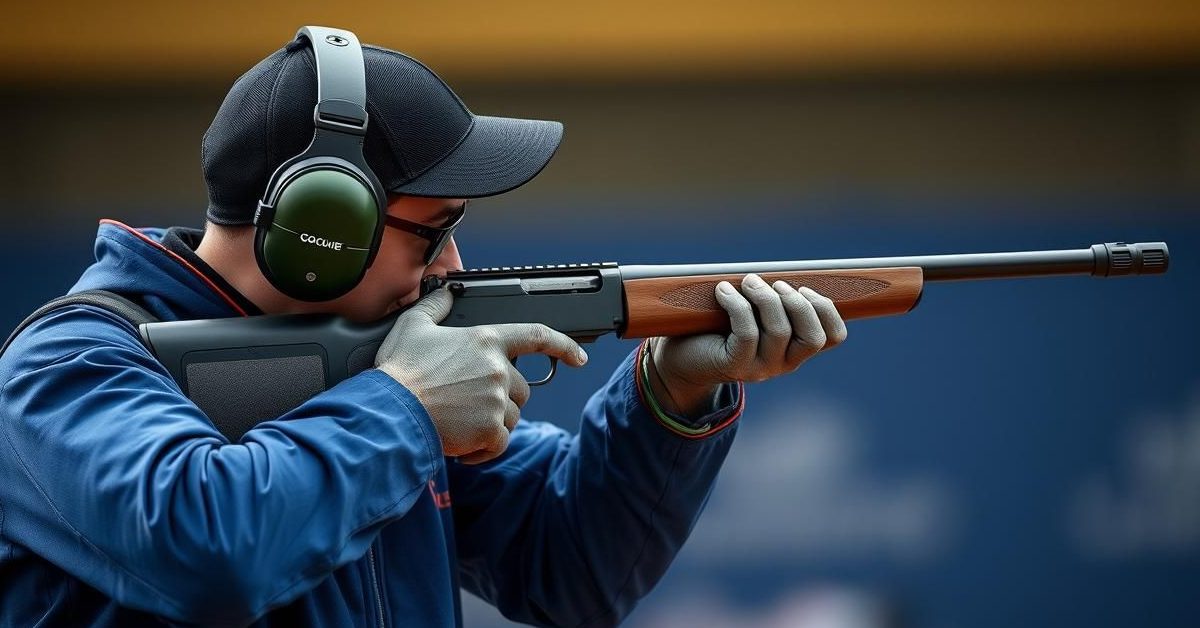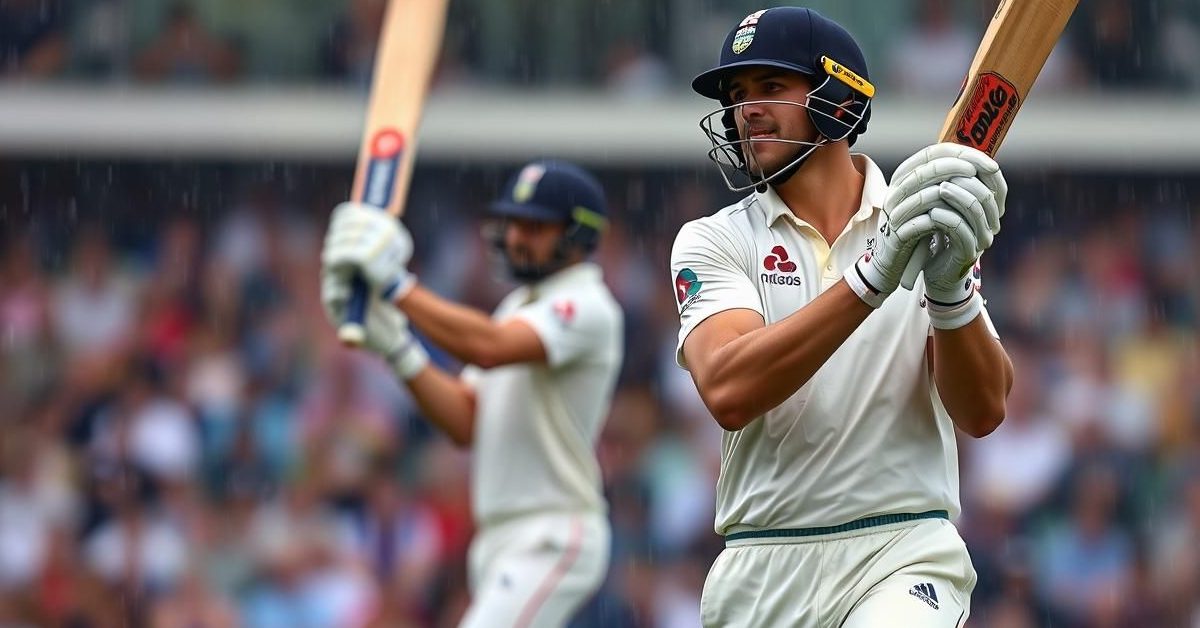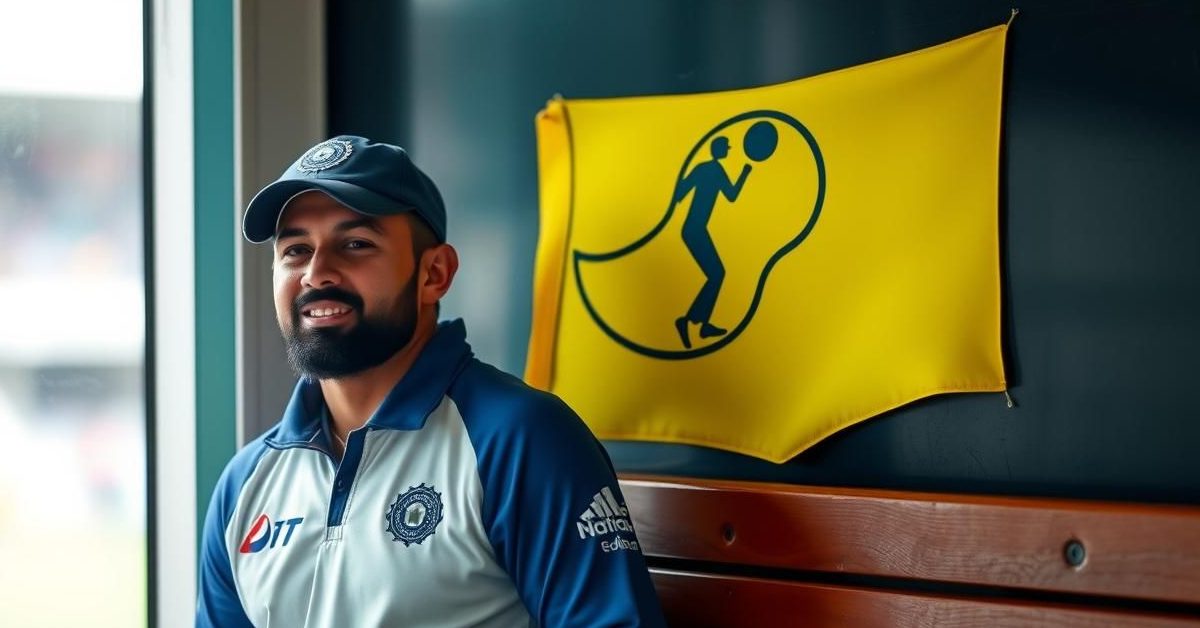New rules in competitive shooting are set to drastically change the sport, moving the focus from specialized gear back to individual skill and training.
A Shot at Fair Play: Why Rules Are Changing
For years, competitive shooting has seen athletes achieve near-perfect scores, often aided by highly rigid, double-layered jackets. These jackets, sometimes making it difficult for shooters to move naturally, have raised concerns about whether equipment was overshadowing true athletic ability.
The International Shooting Sport Federation (ISSF) has stepped in. They’ve proposed significant changes, aiming to ensure that a shooter’s technique and training are the primary factors in their performance, not just their advanced gear.
What’s Changing: The Jacket Revolution
The core of the proposed changes revolves around the rifle jacket. Currently, these jackets are typically made with two layers of canvas, designed to tightly bind the shooter’s body and maintain an ideal, consistent position throughout competition.
Under the new rules, these would be replaced by single-canvas jackets. This seemingly small change is expected to have a profound impact, reducing what some, like Indian national team rifle coach Deepali Deshpande, have described as “technical doping.”
Impact on Scores and Stability
With less rigid support from the jacket, shooters will likely see a reduction in scores, moving away from the consistent 10.8s and 10.9s previously achieved. The onus will be on the athlete’s core strength and natural stability.
Deepali Deshpande explained that the new rules will particularly affect a shooter’s back and overall stability. While the thickness of the jacket isn’t changing, its construction will no longer provide the same level of artificial support.
Rifles and Rookies: Adjusting to the New Era
The ripple effect extends to equipment beyond jackets. Stiffer jackets previously allowed shooters to use heavier rifles, which in turn offered more stability. The shift to lighter jackets means shooters may need to reconsider their rifle weight and setup.
This could be an expensive transition for many, as rifle manufacturers might also need to innovate. While the ISSF suggests some current gear can be modified, a complete overhaul for some athletes could be costly.
For the new generation of shooters, who have trained exclusively with the double-layered gear, the adjustment will be significant. They will need to focus more on physical fitness and adapt their technique to the body’s natural state during competition.
The Veteran Advantage?
Interestingly, some veteran shooters might find themselves at an advantage. India’s Anjum Moudgil, a former World Championship medalist, is one of the few who continued to use a single-canvas jacket. She chose not to rely on equipment, preferring to build her consistency on personal skill and training.
Moudgil expressed confidence in her approach, stating she was “never tempted to use double layered jackets because I knew it was the jacket that was helping athletes.” This mindset aligns perfectly with the ISSF’s new direction.
A Welcome Change for the Sport
The proposed changes have been largely welcomed by the shooting community. 2016 Rio Olympic gold medalist Virginia Thrasher believes these rules will bring technical expertise and positional knowledge back to the forefront.
She noted on Instagram that this shift will encourage athletes and coaches to develop “robust positions” and will reward those who are most adaptable to change. The new era aims to truly highlight the immense skill and dedication required in competitive shooting.
- New rules, effective from the 2026 season, will replace rigid double-layered shooting jackets with single-canvas ones.
- The primary goal is to shift the emphasis from equipment advantages back to individual shooter technique and physical conditioning.
- Scores are expected to be lower, and athletes will need to adapt their stability and potentially their rifle setups.
- Veteran shooters who already rely less on stiff gear, like India’s Anjum Moudgil, may find an unexpected advantage.
These bold reforms signal a pivotal moment for the sport, promising a more authentic and physically demanding competition environment for athletes worldwide.













